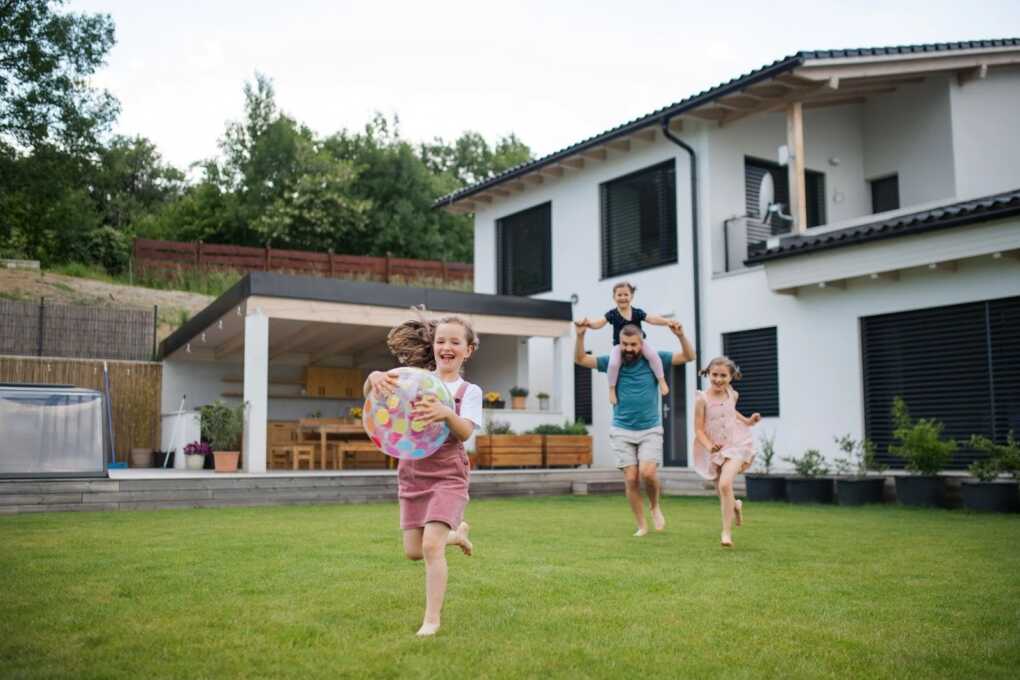If you’ve been thinking about building a secondary dwelling, chances are the idea didn’t come out of nowhere. Maybe your family’s growing, or your parents need somewhere closer to home. Maybe rising rents have made the idea of a backyard rental more appealing. Whatever sparked the decision, timing plays a bigger role than most people expect.
It’s not just about what you build, but when and how you start. Sydney’s building landscape has shifted in recent years, with councils tightening controls and builders facing longer wait times. Jumping in too early without the right checks can delay everything. On the other hand, waiting too long can mean missing the window entirely. Before you talk to a builder or sketch up a floor plan, it’s worth understanding what your land can legally support, what’s required by council, and where hidden costs tend to creep in.

Zoning and Local Planning Controls
Not every property in Sydney qualifies for a secondary dwelling, and the first step is finding out if yours does. Local councils each have their own zoning rules, and what’s allowed in one postcode might be blocked in another. These zoning controls determine whether you’re eligible for a fast-tracked approval through a Complying Development Certificate or if you’ll need to go through a full Development Application.
Even if the zoning looks good, there are still land-specific overlays that can throw things off. Flood zones, bushfire risk areas, or heritage listings often bring extra restrictions or additional reports. It’s not uncommon for homeowners to assume they’re fine, only to discover late in the process that they need a bushfire assessment or can’t build due to sewer easements.
The most reliable way to start is by requesting a Section 10.7 Planning Certificate from your local council. This document outlines everything tied to your property’s planning controls and can save you from making costly assumptions. Some builders will offer to do this for you, but getting it yourself means you stay in control from the start.
Setbacks, Access, and Site Limitations
Even if your property ticks the zoning box, physical limitations on the site can affect what you’re actually able to build. Setbacks are one of the most common challenges, especially in older or narrower Sydney blocks. Councils require a minimum distance between your proposed dwelling and existing boundaries, and those rules apply to both side and rear boundaries.
On top of setbacks, there are often requirements around private open space, solar access, and how close the new building can sit near sewer lines or other infrastructure. If your lot is sloped or irregularly shaped, you may also need additional structural work to support the foundation, which can significantly increase costs.
Access is another overlooked issue. Some councils require a dedicated path to the secondary dwelling that doesn’t rely on walking through the main house or garage. If the space down the side of your home is too narrow, that could pose a problem — not just for compliance, but also for construction access. These practical limitations are easy to miss when you’re still at the planning stage, but they can create real delays once the certifier or builder gets involved.
Design Standards and Building Regulations
Once your site checks out and your basic footprint is confirmed, it’s time to think about the design itself. NSW has strict minimum requirements for secondary dwellings, and they go well beyond the floor plan. Most builds are capped at 60 square metres, but there are also rules around ceiling height, window sizes, and how much natural light and airflow each room needs.
Your building will need to comply with the Building Code of Australia. While most experienced designers will take that into account from the beginning, it’s still your responsibility to make sure the final design meets every part of the code. Overlooking small things like window placements or ceiling insulation can delay approval or trigger redesign costs later on.
A lot of people also want to include extras like separate electricity metering, laundries, or private outdoor spaces. These are all achievable, but they can impact budget and planning pathways. Even slight inclusions like skylights or rainwater tanks might require additional engineering or certification. If you’re aiming for long-term sustainability, it’s smart to bring those conversations into the early design stage, not tack them on at the end.
How Builders Quote and What to Watch Out For
The quoting stage can catch people off guard. You’ll see wide variations between builders, even when it seems like they’re offering the same thing. That’s because not all quotes include site-specific conditions or required approvals. Some are based on display models or flat lots with easy access, which rarely match the reality of building in Sydney.
There’s strong demand for granny flats in Australia Sydney suburbs right now, which has brought more builders into the space — not all of them experienced. Some will give you a quick price with only a basic site visit or no soil report. Others might leave out major costs like excavation, stormwater systems, or even sewer upgrades, all of which can add thousands once the job starts.
It’s also worth checking how much of the process your builder actually handles. Some offer a design-and-construct model that covers everything from planning through to completion. Others will quote only for the build and leave you to manage approvals and documentation separately. That can create delays if you’re not across every step.
Ask to see examples of completed projects similar to yours, preferably on sites with similar access or slope. If a quote seems unusually low, don’t just assume it’s a bargain — check what’s missing. Comparing like-for-like is more complex than it sounds, but it’s the only way to avoid budget blowouts halfway through the build.
Hidden Costs That Catch People Off Guard
It’s easy to focus on the build price and overlook the extras — but it’s often these hidden costs that stretch the budget. Site preparation can be one of the biggest variables, especially if your block requires retaining walls, drainage solutions, or additional structural support. Even seemingly minor things like removing a tree or relocating a garden shed can add unexpected expenses.
Service connections are another area where costs can climb. If your sewer line isn’t in the right spot or lacks capacity, you may need to install a new connection or upgrade the existing system. Water and electricity links are usually straightforward, but trenching across tight or paved sites can make the process more complex.
Council fees are also worth factoring in. Depending on your local government area, you may be charged developer contributions or public infrastructure levies, particularly if your dwelling is likely to be used for rental income. These fees vary by suburb and are often overlooked until late in the process.
Approval Timeframes and Common Delays
How long approval takes depends on how your application is structured. If you’re eligible for a Complying Development Certificate, and your paperwork is airtight, the process can move quickly — sometimes within a few weeks. But if you need a Development Application, prepare for a longer timeline.
Most DA pathways involve internal council assessments and external referrals, especially if your property has overlays or environmental constraints. Delays often come from incomplete plans, unclear supporting documents, or site issues that weren’t flagged early. Applications that impact neighbours — whether through overshadowing, privacy, or access — also risk objections that can slow things down.
Experienced certifiers or planning consultants can help fast-track the process by identifying issues before lodgement. If your builder isn’t across local regulations, it’s worth investing in someone who is. A delay of even one month can affect trade availability, material costs, and project scheduling, so getting approvals right the first time can save more than just stress.
Making it Work for the Long Term
Designing a secondary dwelling isn’t just about solving today’s problem. It’s about making sure that space continues to serve you — and others — well into the future. Whether the plan is to house a family member, bring in rental income, or use it as a guest space, your needs may change over time.
It’s worth considering how adaptable the layout is. Features like wide doorways, step-free access, and noise separation can make the space more usable for older residents or those with mobility needs. Sound insulation between the main and secondary dwellings also becomes more critical if you’re planning to lease it out.
Storage, privacy, and separate entries often matter more than people expect once the dwelling is occupied. Thinking about these features early makes the build more functional without the need for future renovations. A well-planned space will continue to add value — both financially and practically — long after the construction dust has settled.
